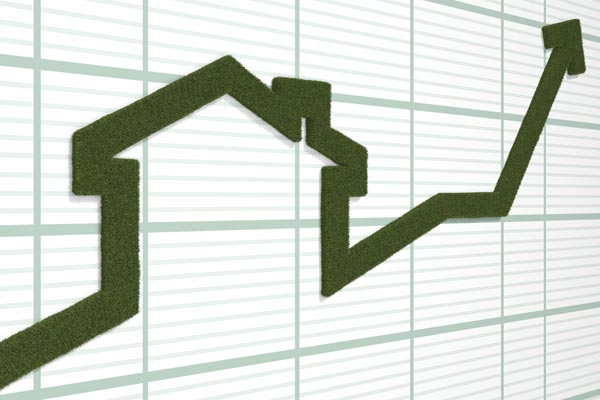Market watchers are expecting a bombshell to be dropped on the property market next week, with Commonwealth Bank reportedly about to close its doors to refinancing housing investors wishing to migrate from other banks.
Fairfax Media suggested this could send “shockwaves” through the property market – though whether it will cause a price correction is far from certain.
At present, the consensus view is that CBA is simply taking a breather from lending to investors so as not to breach the mortgage growth speed limit imposed by the regulator.
The Australian Prudential Regulatory Authority introduced the speed limit in late 2014, requiring banks to limit growth in their investment mortgage books to 10 per cent per annum.
But even if CBA does slam on the brakes on Monday, it won’t be nearly enough.
A broker’s view
One independent mortgage broker told The New Daily that the speed limit is a fairly weak measure for controlling the housing credit bubble because so many smaller lenders exist to pick up the overflow of demand from the big banks.
So an ANZ customer chasing a better deal at CBA may now find their broker raking up names they’ve never heard of.
AFG, for instance, offers what the broker calls a “white label” home loan built on funding from a number of other banks.
A confident investor should have no problem signing up with such a provider, although less savvy investors may baulk at moving away from the psychological safety of the big banks.
A second flaw
The net result of the speed limit is to slow lending to a degree, but it has likely helped smaller lenders take additional market share.
The latter is not a stated goal of the policy, and even the real goal – to reduce investor activity – really doesn’t go far enough.
To understand why, two factors need to be considered. The first is population growth and the second is inflation. Consumer price index inflation is currently running at 1.5 per cent per annum, and population growth is around 1.4 per cent.
Combining those two figures, the amount of money lent against the housing market would have to grow just under 3 per cent to stay ‘steady’ in relation to the rest of the economy.
In fact, although the value of mortgage debt in Australia has grown by an average of 8 per cent since the onset of the GFC, the last calendar year saw banks’ mortgage books grow by almost exactly the ‘steady’ amount – 2.9 per cent.
That’s partly due to lower volumes of homes changing hands, and partly due to a slow-down in house price growth.
Why 10 per cent is too much
What’s alarming about the 10 per cent speed limit, which CBA is apparently hitting and other banks are getting close to, is that it’s more than three times the ‘steady’ rate of growth.
That means the mortgage market continues to be rebalanced away from owner-occupiers and towards investors.
It is investors driving extraordinary price growth in Sydney – up more than 60 per cent since 2012 – and Melbourne, and it is first home buyers and young families being priced out of the market.
This has to change. One suggestion, from economist Leith van Onselen, is to halve the speed limit to 5 per cent. That would still see investment loans growing faster than the population and inflation, but it would at least be a start.
Let’s get the language right
It would also be useful if media commentators could start focusing on the younger, more vulnerable portion of the housing market rather than celebrating the windfall capital gains made by the older and wealthier portions.
To illustrate what I mean, I’ve prepared two charts from the same set of ABS numbers for Sydney – one with a happy upward slant, the other with a depressing downward slide.
The first, which many readers will be familiar with, shows the huge capital gains investors have made in the past few years –expressed as the house price to income ratio.
The second looks at this period of financial exuberance from the first home buyer’s perspective where the question is not “how many incomes is my asset worth?” but rather “how much of the asset is my income worth?”
From that perspective, the appropriate headline is not ‘House prices boom in Sydney’ or ‘Investor returns at record levels’ – it is ‘Purchasing power of wages plummets’ or ‘Housing affordability tumbles’.

